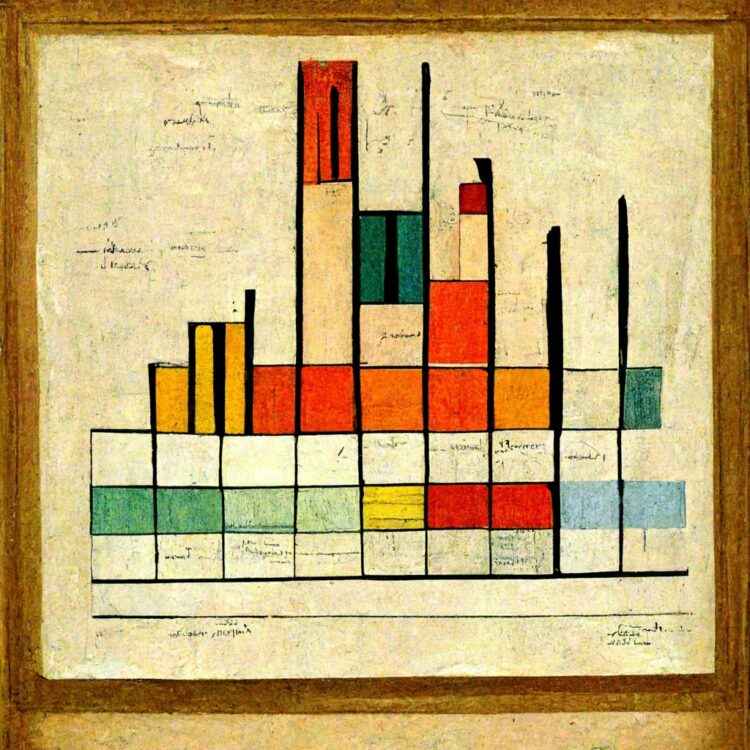OpenAI previewed Voice Engine, a model to generate voices that mimic, using just a 15-second audio sample:
We first developed Voice Engine in late 2022, and have used it to power the preset voices available in the text-to-speech API as well as ChatGPT Voice and Read Aloud. At the same time, we are taking a cautious and informed approach to a broader release due to the potential for synthetic voice misuse. We hope to start a dialogue on the responsible deployment of synthetic voices, and how society can adapt to these new capabilities. Based on these conversations and the results of these small scale tests, we will make a more informed decision about whether and how to deploy this technology at scale.
They provide worthwhile use cases, such as language translation and providing a voice to those who are non-verbal, but oh boy, the authenticity of online things is going to get tricky very soon.
Tags: ethics, generative, OpenAI, voice



